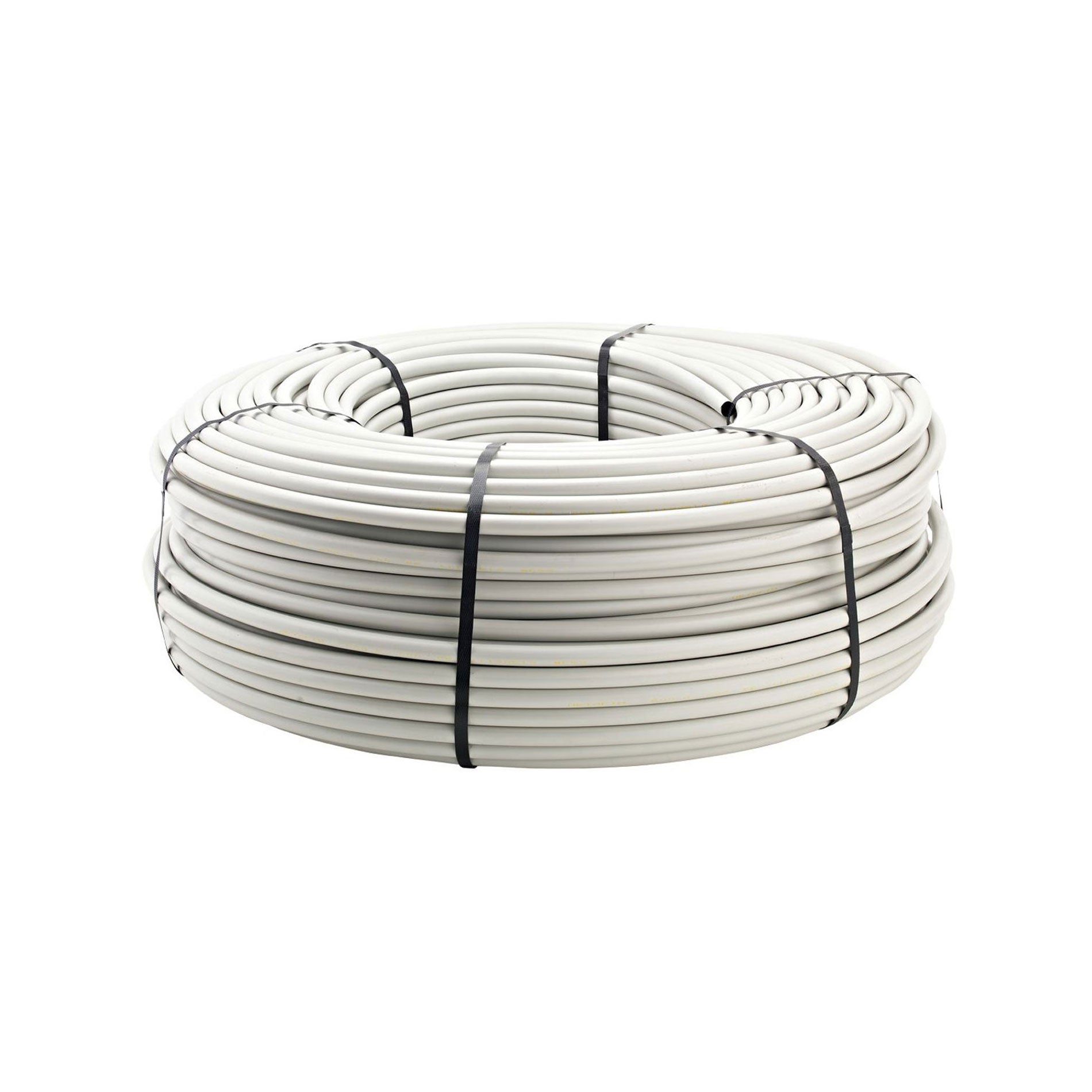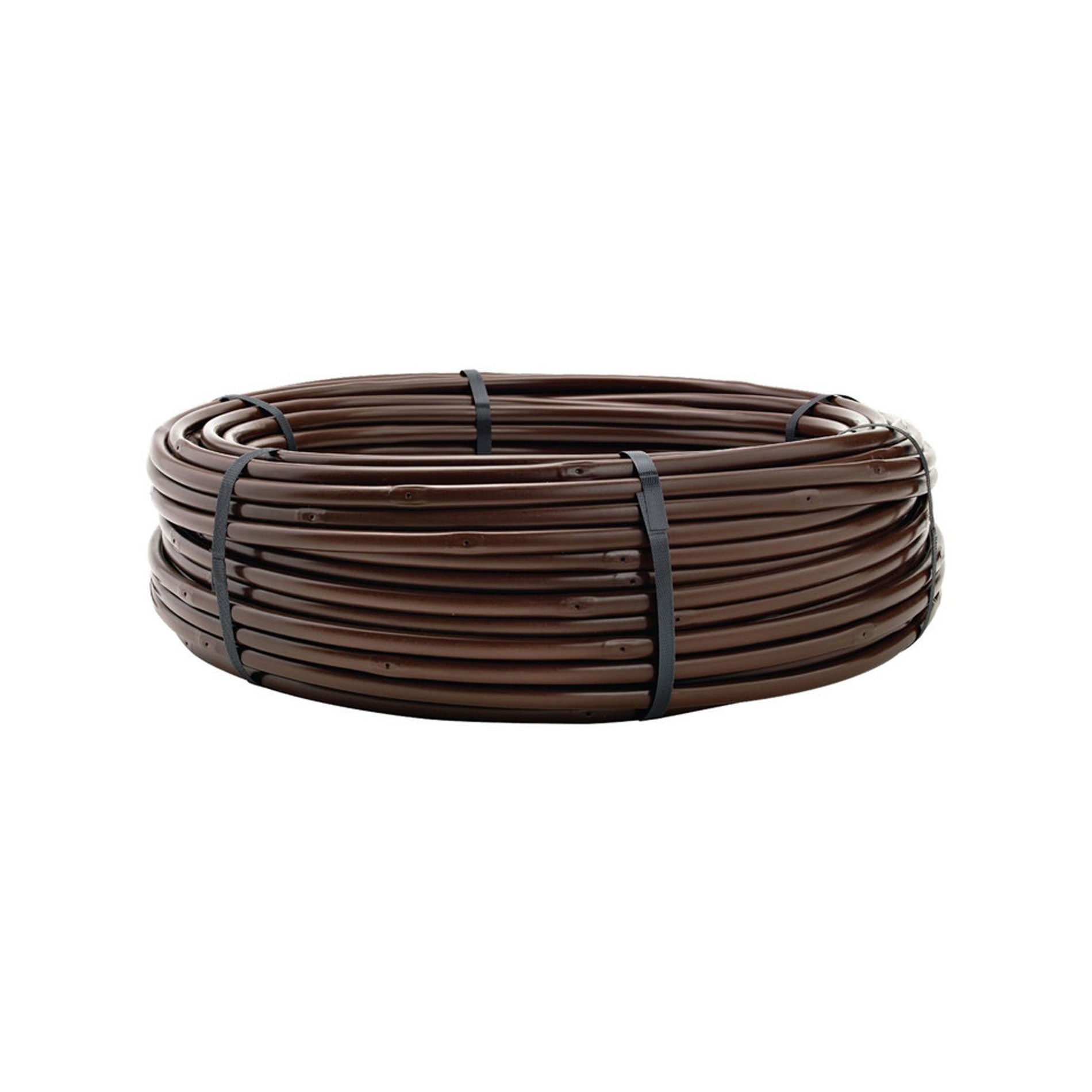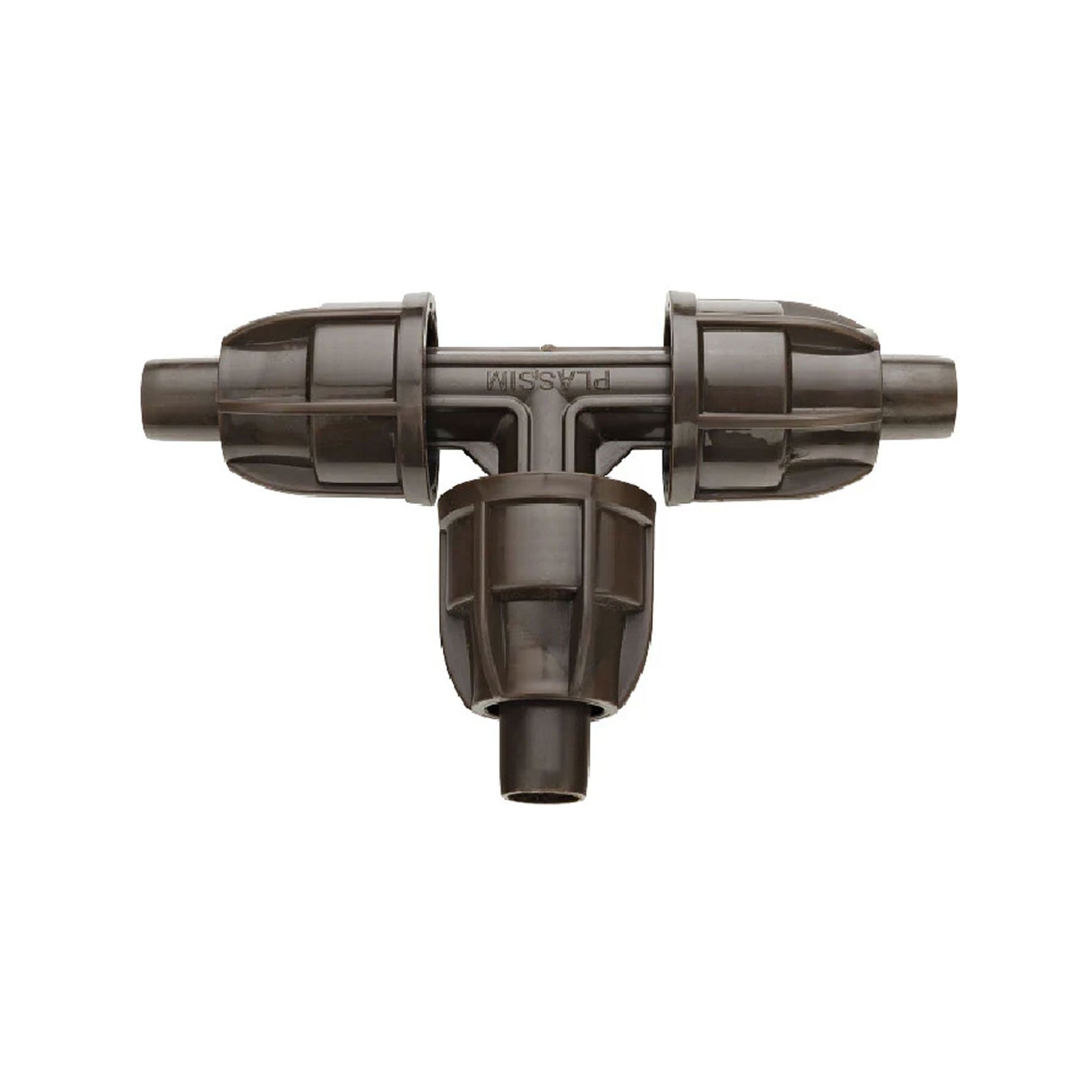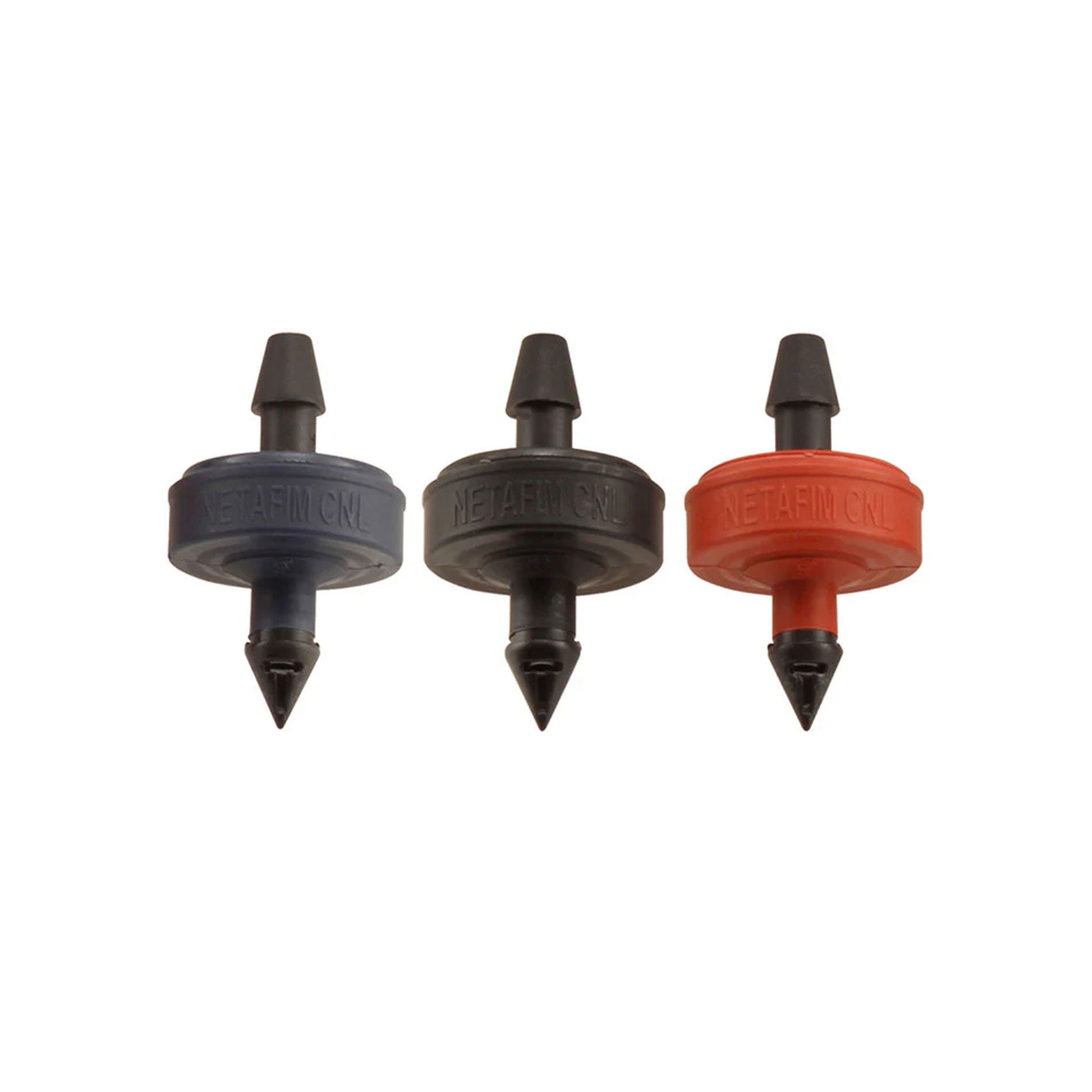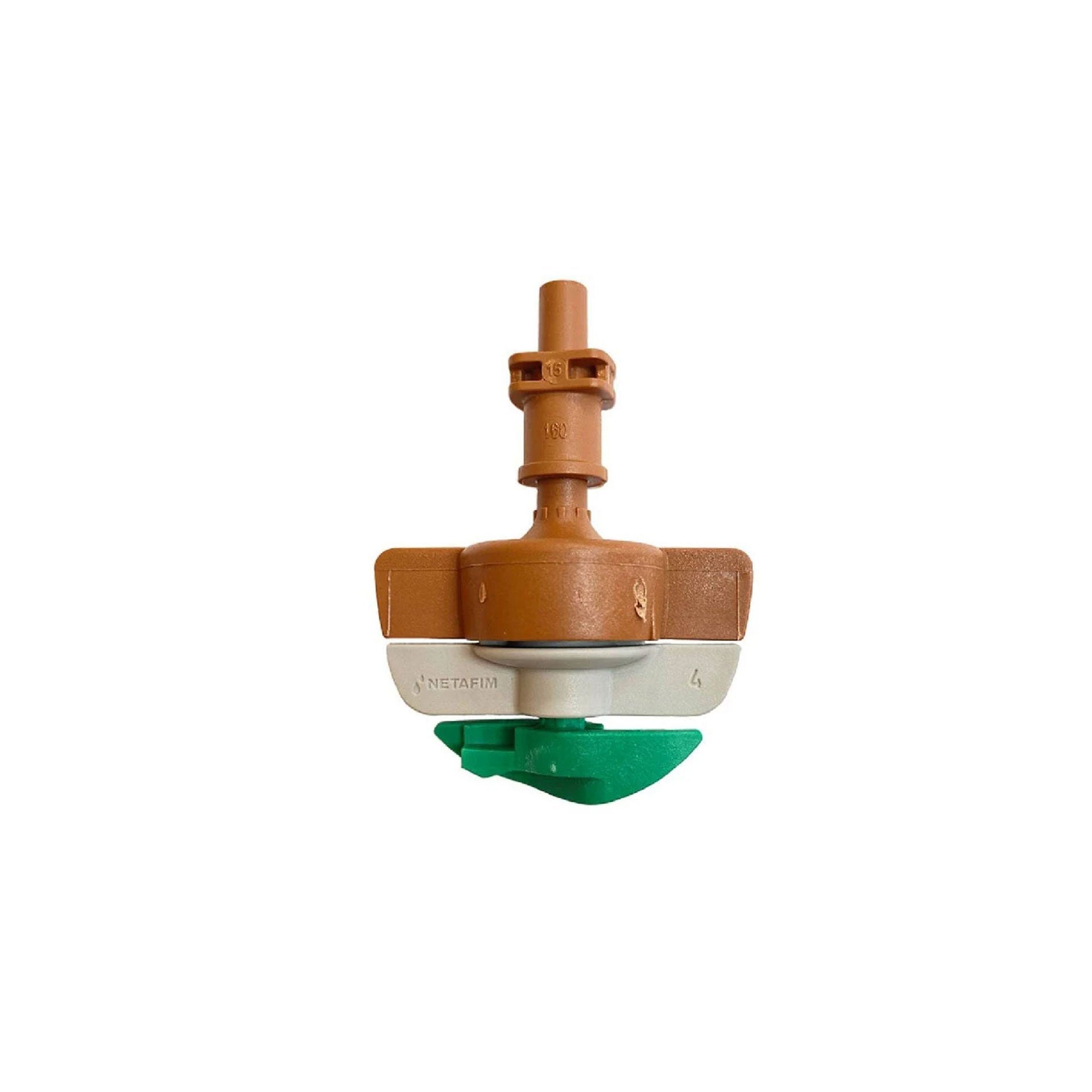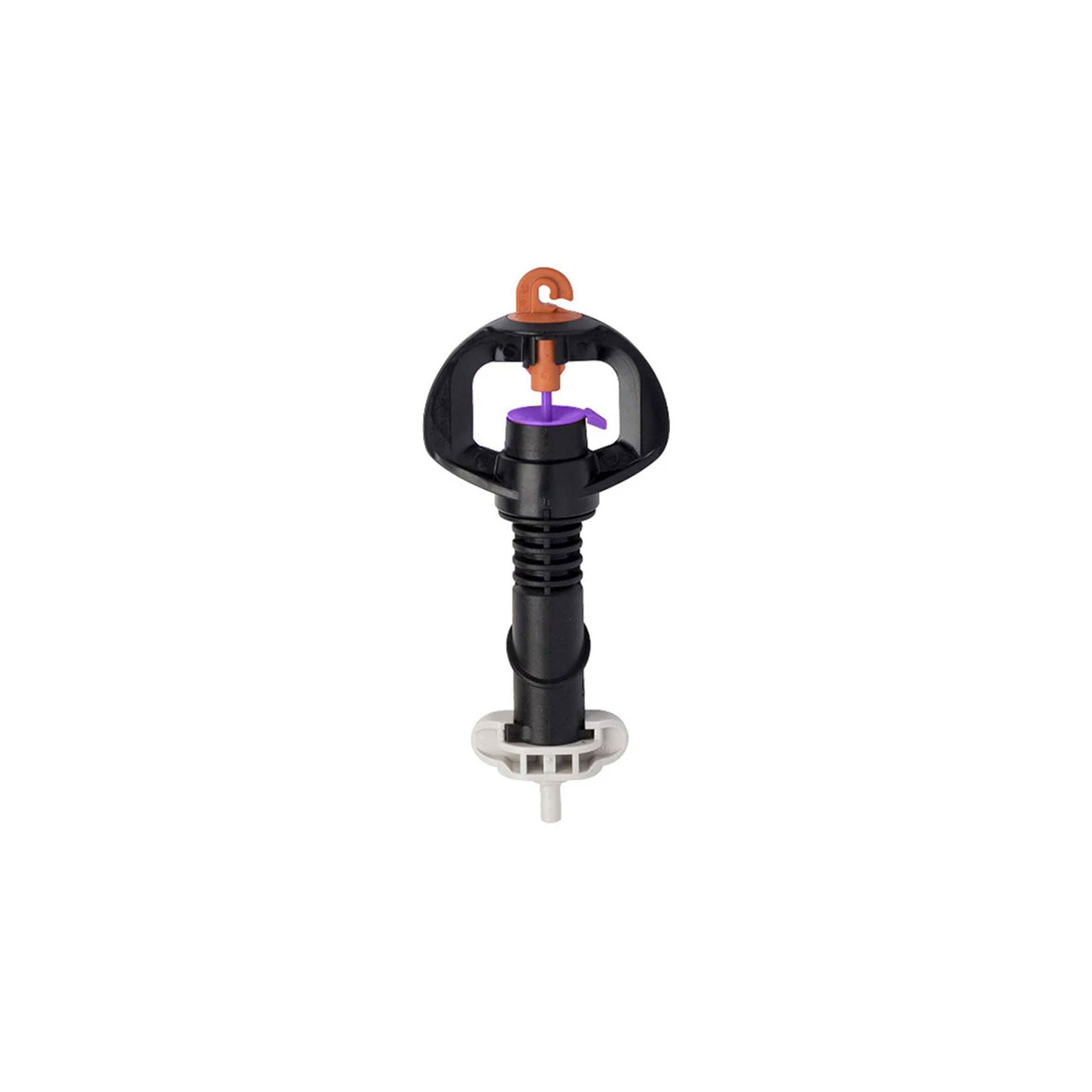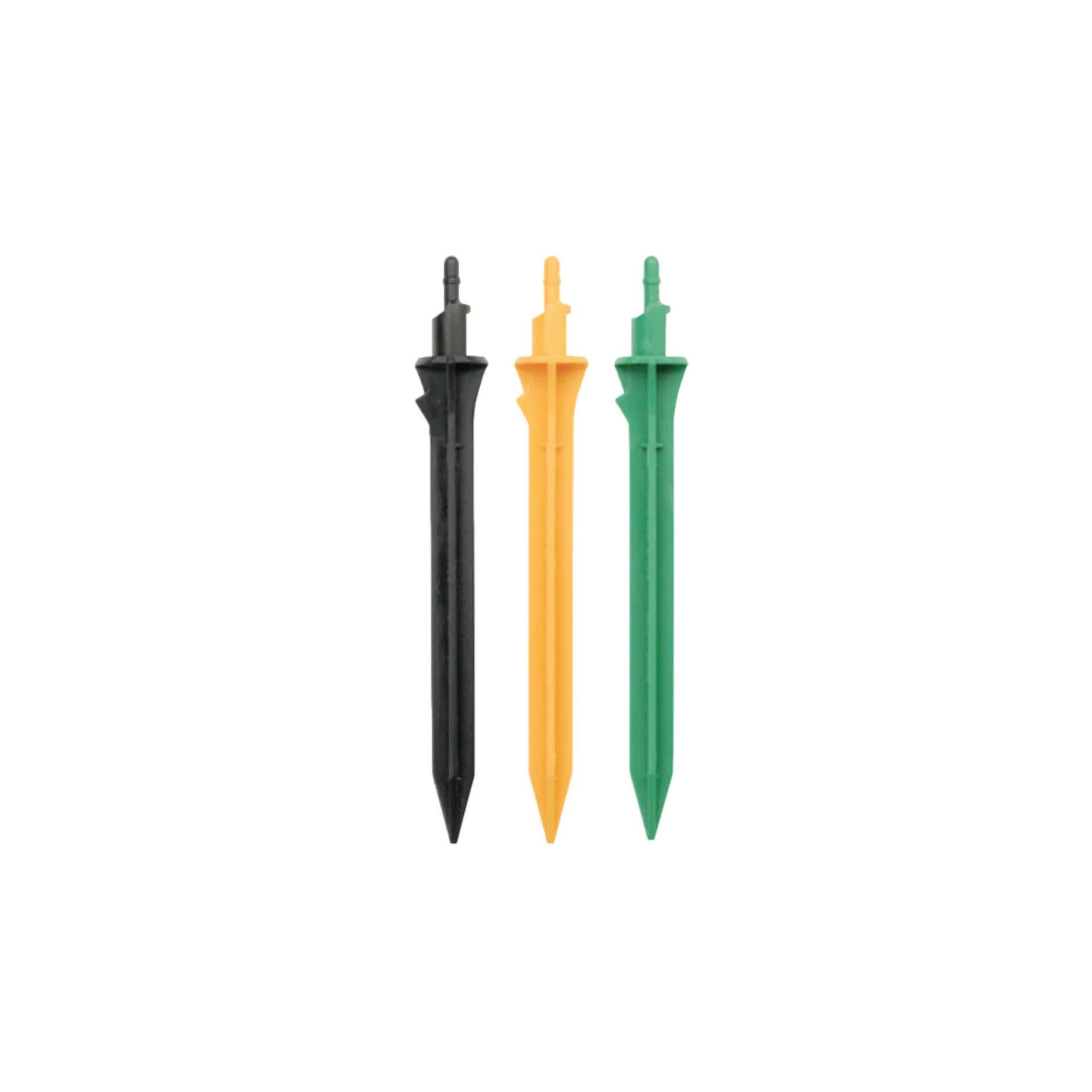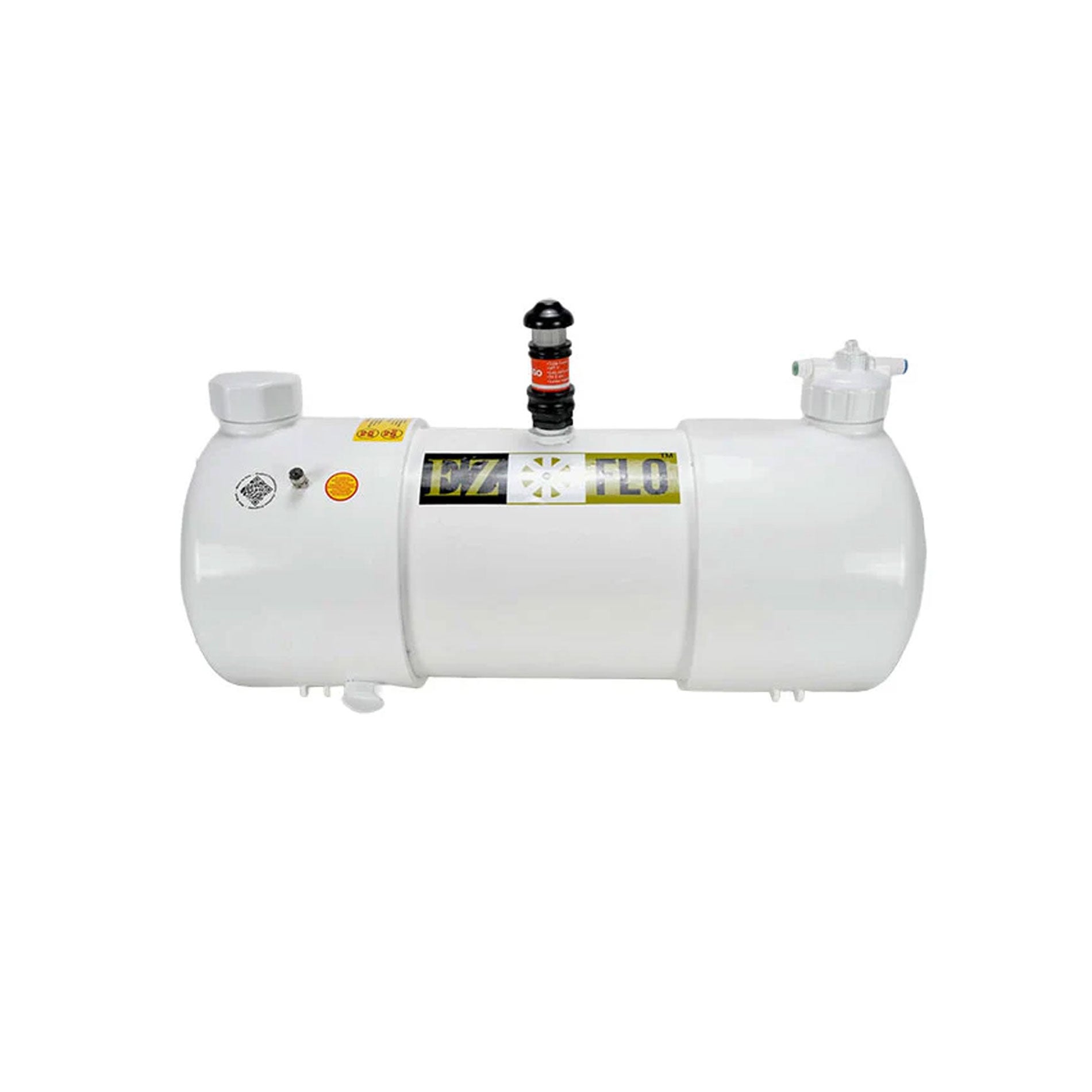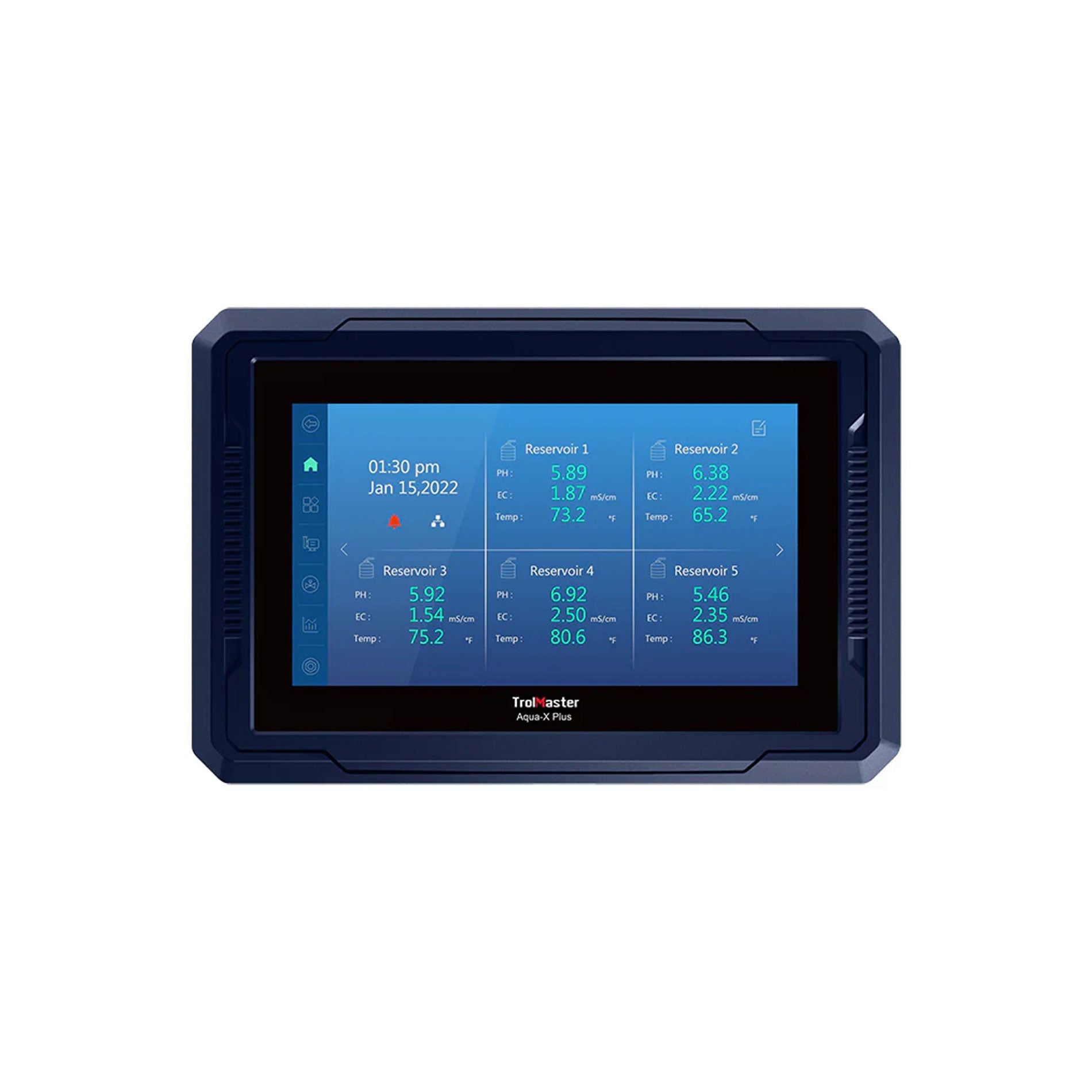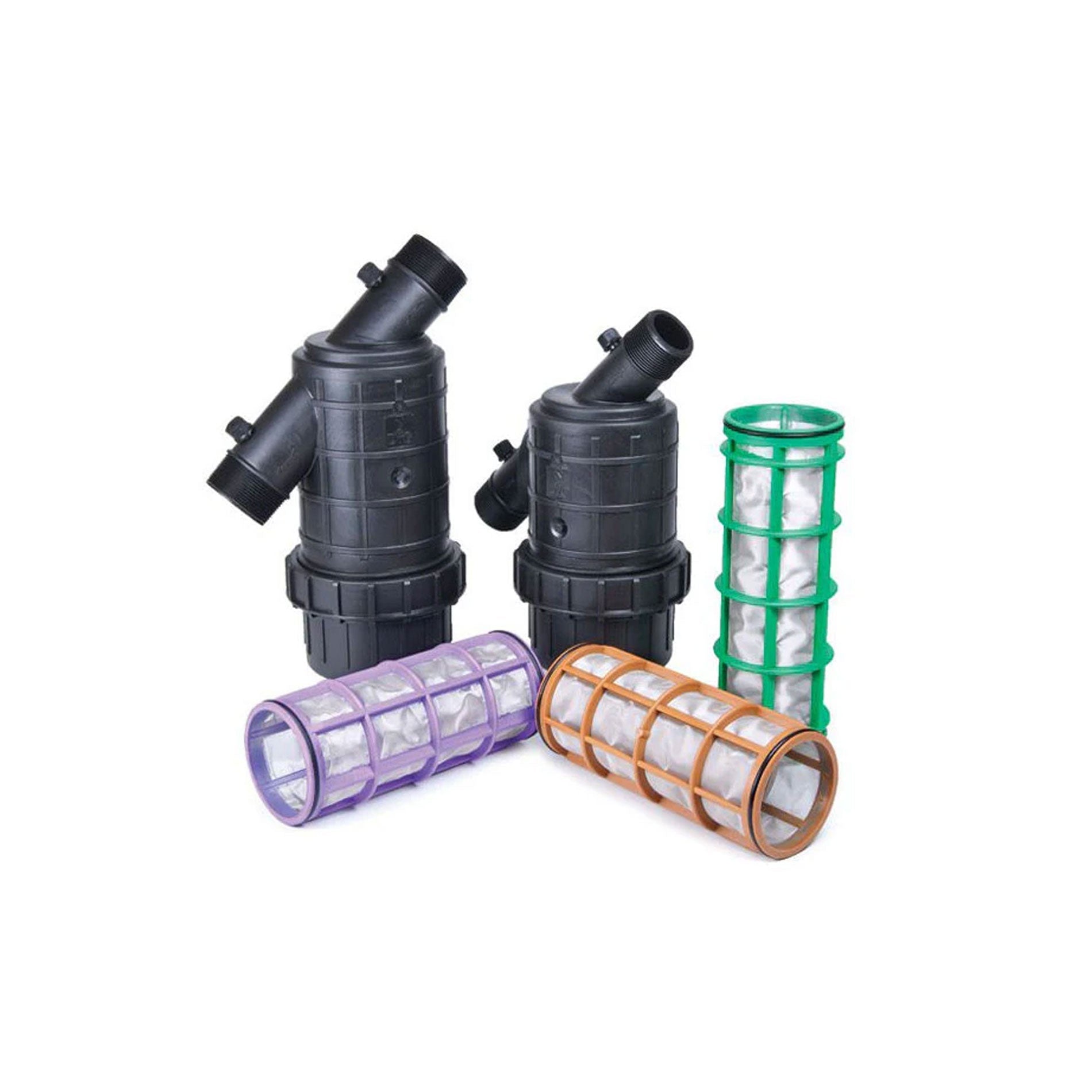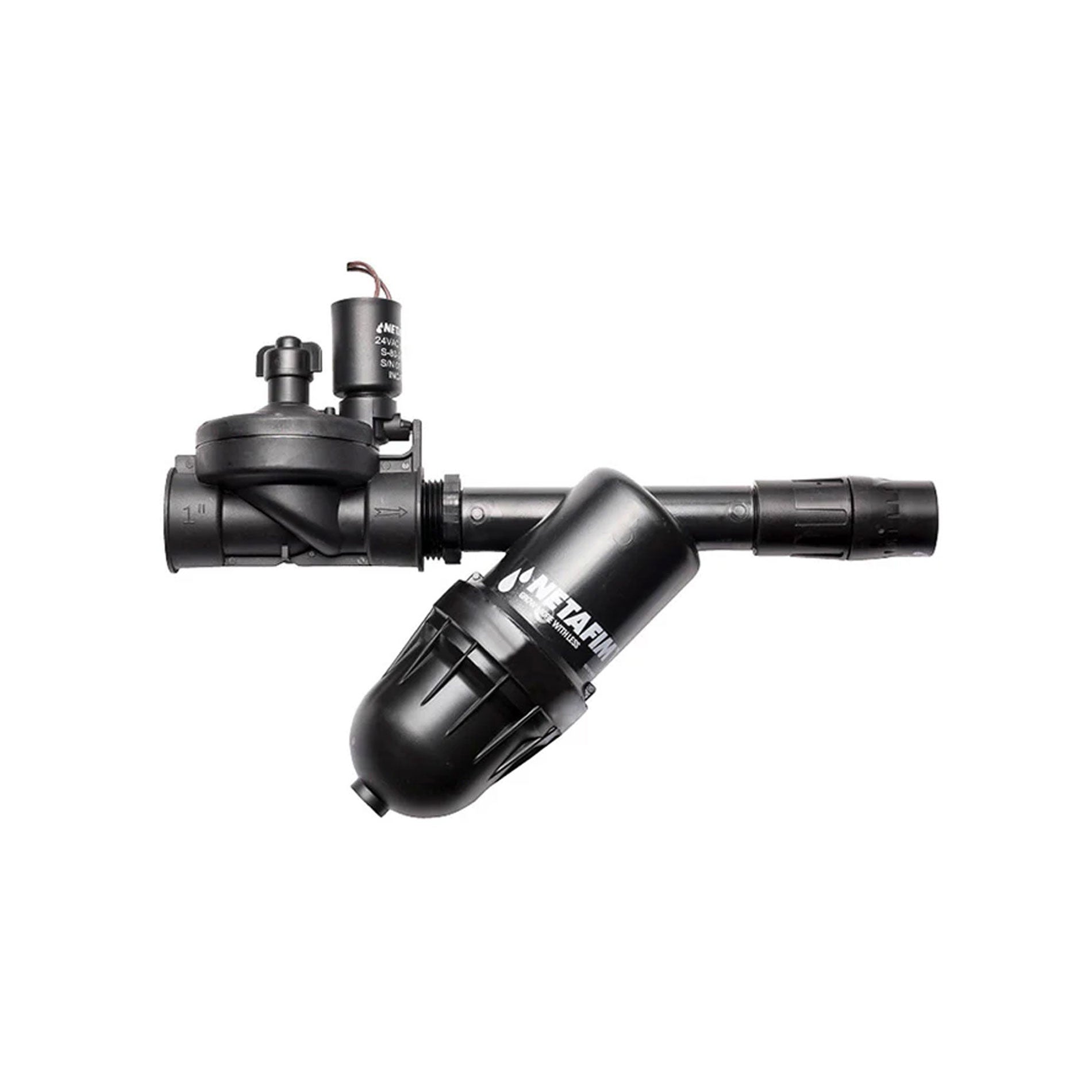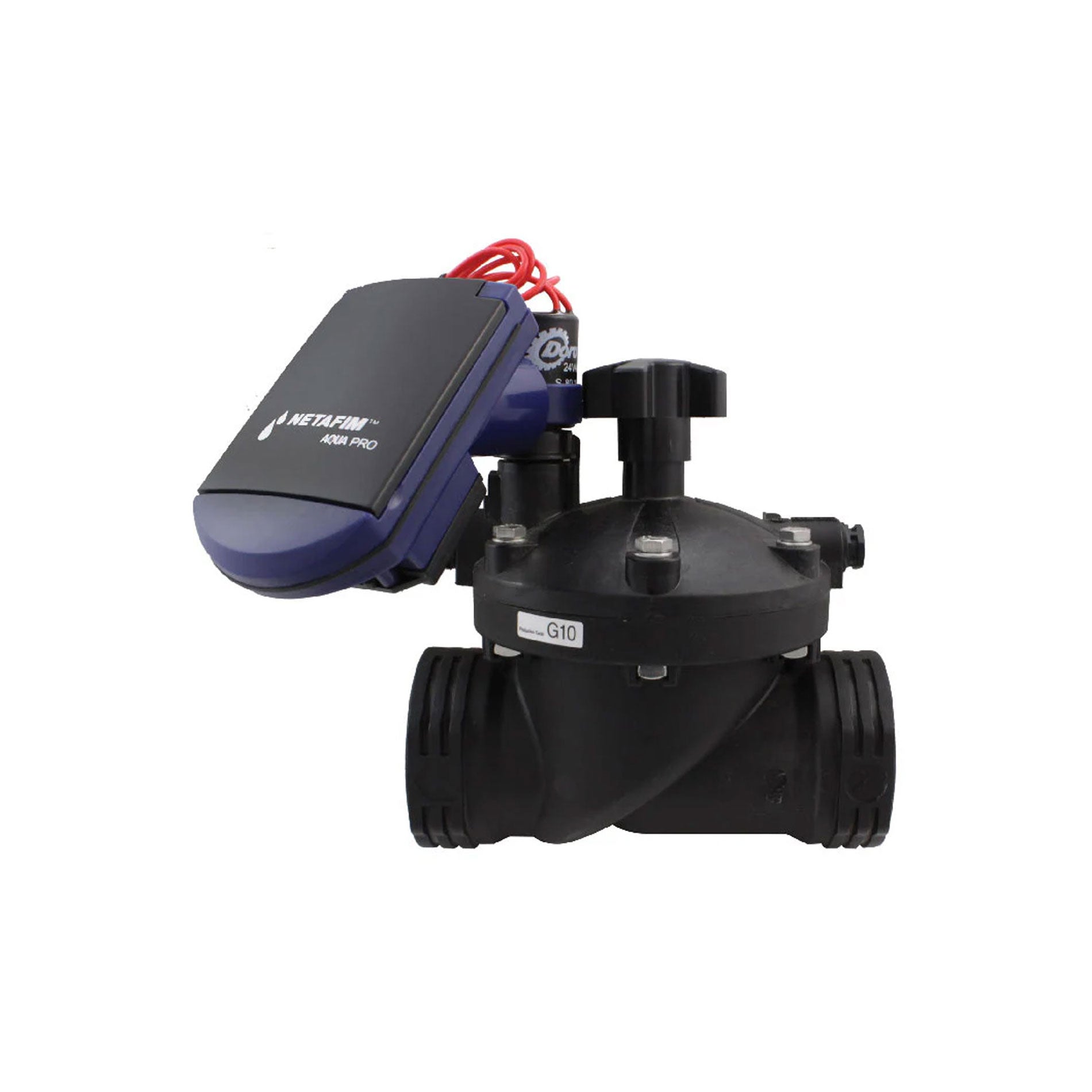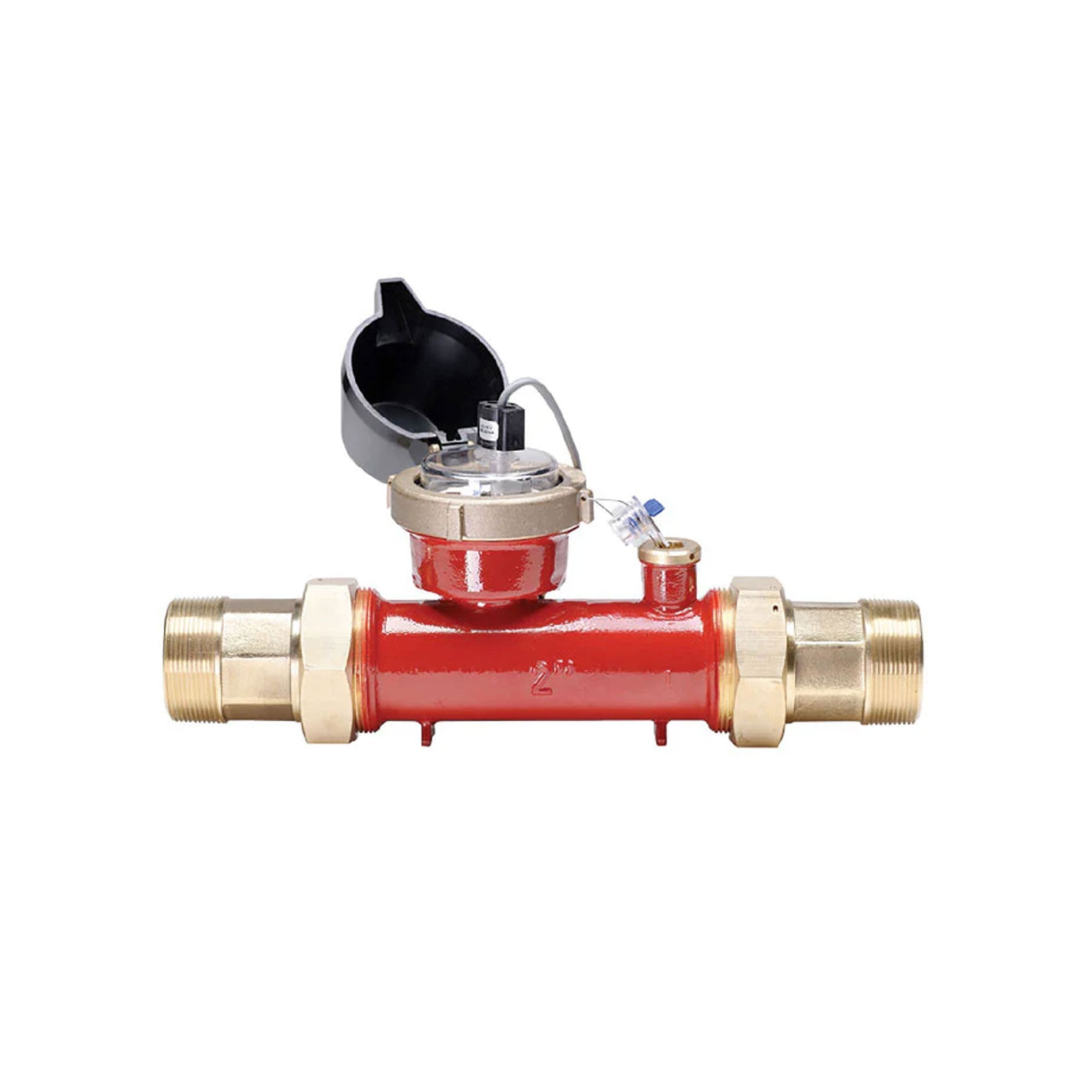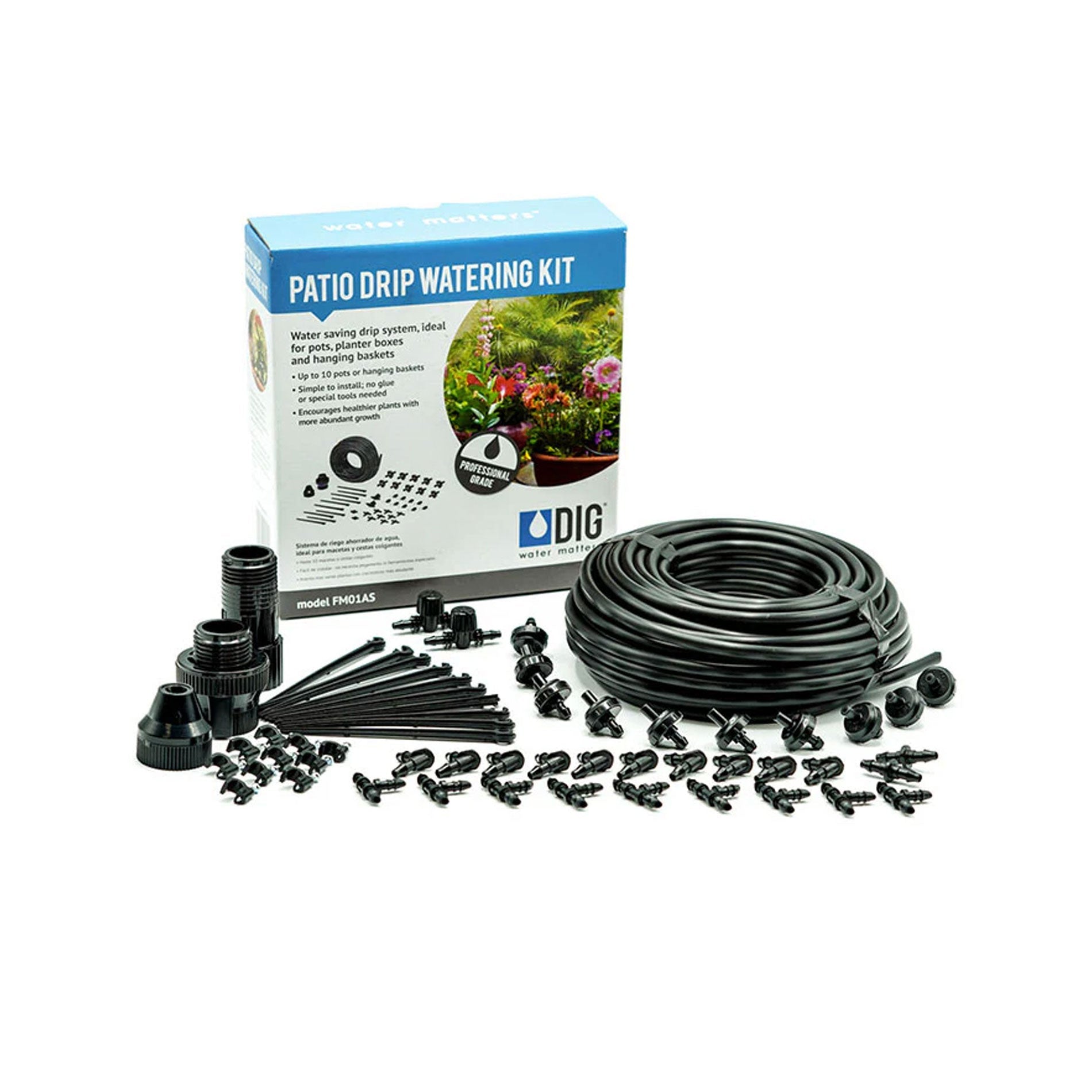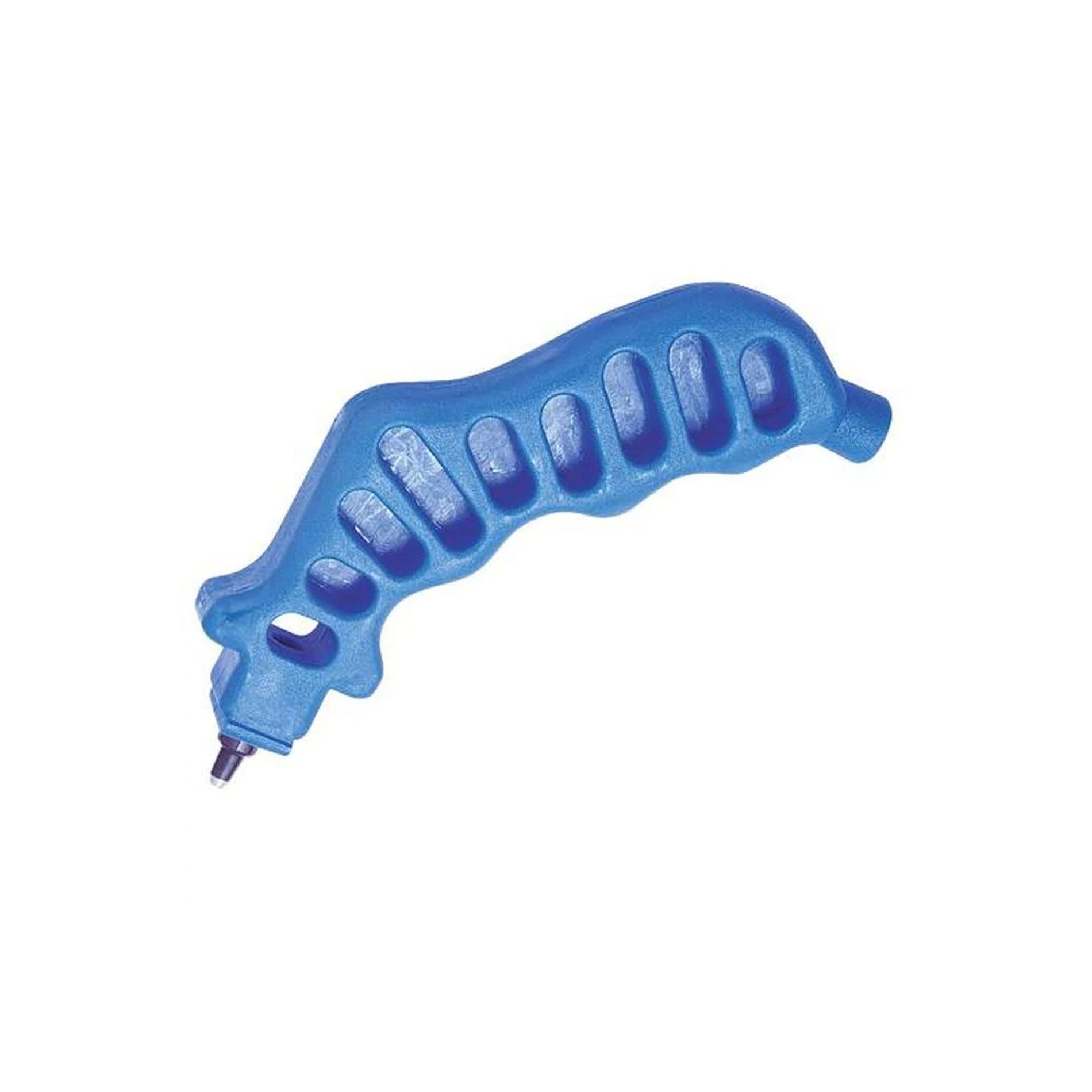All Of The Drip Irrigation Components For Your Entire Garden
What Is Drip Irrigation?
Drip irrigation is a highly efficient watering system designed to deliver precise amounts of water directly to home landscapes, flower beds, vegetable gardens, and large agricultural fields. This system utilizes various methods, such as drip lines, spray emitters, or stream systems, to ensure that water reaches the root zones of plants without unnecessary waste.
A well-installed drip irrigation system optimizes water use by maintaining consistent moisture levels in the soil, preventing overwatering and ensuring that plant roots receive adequate hydration. This system conserves the amount of water used and improves overall plant health, increasing productivity and quality, especially in gardens with diverse soil types.
How Does Drip Irrigation Work?
Drip irrigation, also known as micro-irrigation, operates by delivering water to plants through a network of irrigation tubing, fittings, and emitters. The entire system is designed to ensure that water reaches the root zone efficiently, with minimal evaporation or runoff:
- Water Source: The system begins with a reliable water source, such as a city supply, well, or water tank. A crucial step involves filtering the water to prevent clogging of emitters.
- Main Supply Line: Durable pipes or poly tubing serve as the main supply line, transporting water to the desired irrigation area.
- Control Valves and Pressure Regulators: These components are essential for maintaining consistent water flow and pressure within the system, ensuring that each plant receives the correct amount of water.
- Sub-Lines and Lateral Lines: Smaller hoses, such as micro tubing, distribute water from the main line to individual plants.
- Emitters: Drip emitters or drippers are strategically placed along the tubing to release small droplets of water directly to the plant's root zone.
- Automation: Advanced systems may include timers, sensors, and automation controls to schedule watering times, optimize water use, and maintain consistent soil moisture levels across your garden.
This process ensures that water is delivered directly to the roots, promoting optimal growth conditions, reducing water waste, and enhancing plant productivity, regardless of soil type or garden size.
What Are The Main Parts of Drip Irrigation?
A comprehensive drip irrigation system comprises several key components, each playing a vital role in the system's efficiency and effectiveness:
- Irrigation Tubing & Dripline: These are the primary conduits for water distribution. Poly tubing or micro tubing is often used to transport water across the garden, with dripline installed to evenly disperse water along its length.
- Drippers & Drip Emitters: These small devices control the amount of water released to the plants. They can be installed inline or at the ends of the tubing, depending on the system design.
- Irrigation Valves & Pressure Regulators: These components manage water flow and pressure, ensuring that each section of the garden receives the correct amount of water without overloading the system.
- Micro Sprinklers & Sprinkler Heads: These are used in areas that require a broader coverage of water, such as flower beds or vegetable patches. They complement the drip system by providing fine misting or gentle sprays.
- Backflow Preventers: Essential for protecting the water supply, backflow preventers ensure that contaminated water does not re-enter the main water source. This is crucial for maintaining the integrity of the system.
- Barbed Fittings & Connectors: These small yet critical components ensure secure connections between the various parts of the system, such as tubing, emitters, and valves. Brands like Rain Bird offer a wide range of reliable fittings to suit different system configurations.
The system's core parts include the supply line, valves, pressure regulators, filters, fittings, tubing, and emitters. Backflow preventers are crucial to protect your water supply from contamination. Components like barbed fittings ensure secure connections, and brands like Rain Bird provide reliable products for various irrigation systems. Maintaining these parts is essential for a functional drip system.
Whether you're setting up a new system or expanding an existing one, having the right components is essential for a well-functioning drip irrigation system. Drip irrigation kits are available to simplify the setup process, providing all the necessary parts in one package.
Benefits of Drip Systems
Drip systems offer numerous advantages over traditional watering methods:
- Water Conservation: By delivering water directly to the root zone, drip systems reduce water waste, saving you time, money, and water.
- Enhanced Plant Productivity: Consistent moisture levels lead to healthier plants, with improved growth and higher yields, regardless of soil type.
- Prevents Disease: Minimizing water contact with leaves, stems, and fruits helps reduce the spread of plant diseases.
- Weed Reduction: Keeping the rows between plants dry limits weed growth, making garden maintenance easier.
- Efficient Water Use on Uneven Terrain: Drip systems are particularly effective on sloped or uneven terrain, where traditional irrigation methods may lead to runoff or erosion.
- Minimal Nutrient Loss: By applying water directly to the root zone, nutrients are less likely to leach away, ensuring that plants receive the nourishment they need.
Drawbacks of Drip Irrigation
While drip irrigation systems are highly efficient, they do have some potential drawbacks:
- High Initial Investment: The cost of installing a drip irrigation system can be higher than other methods, especially when considering automation and advanced components.
- Maintenance Needs: Surface parts, such as tubing and emitters, may require regular inspection and replacement due to wear and tear.
- Clogging Issues Emitters can become clogged with debris or mineral deposits, requiring periodic cleaning or replacement.
- Water Flow Management: Achieving consistent water flow can be challenging, particularly in large or complex systems.
Types of Emitters
Emitters are a critical component of any drip irrigation system, and they vary based on design and how they control water pressure. These devices are essential for ensuring the precise delivery of water to plants' root zones.
There are several types of emitters:
- Inline Emitters: Built into the irrigation tubing, these emitters provide water evenly along the tubing’s length, making them ideal for long rows of plants or uniform garden beds.
- End-of-Line Emitters: These attach at the ends of tubing using barbed fittings or threads, offering flexibility in system design and easy replacement.
- Pressure Compensating Emitters: Designed to maintain a consistent flow rate even when water pressure varies, these emitters are essential for gardens with uneven terrain or varying elevations, ensuring uniform water distribution.
- Adjustable Emitters: Allowing for control over the amount of water delivered, adjustable emitters are perfect for gardens with plants that have varying water needs.
Selecting the right emitters for your garden is crucial for the success of your drip irrigation system. Each type of emitter has its specific use case, and choosing the right one depends on your garden's layout and water requirements. Pressure compensating emitters, for example, are excellent for maintaining even water flow across different zones of your garden, preventing over or under-watering.
Brands like Rain Bird offer a wide range of emitters to suit different irrigation needs, ensuring efficient water delivery to your plants' roots. Whether you are using micro tubing for targeted watering or poly tubing for broader coverage, selecting the right emitter is crucial for the success of your drip irrigation system. You can also find other essential drip irrigation supplies such as filters, connectors, and timers to maintain an optimal setup.
Types of Drip Irrigation
There are various types of drip irrigation systems, each suitable to different applications:
- Surface Systems: Components are placed above the soil surface, making them easy to install, inspect, and maintain.
- Sub-Surface Systems: Tubing and emitters are buried underground, delivering water directly to the root zone without surface evaporation.
- Micro Sprinkler Systems: These combine traditional sprinklers with drip irrigation, providing fine water droplets to areas that need broader coverage.
- Drip Tape Systems: Often used in large agricultural fields, drip tape is flat tubing with built-in emitters that can be buried under the soil to water crops efficiently.
Choosing a Drip Irrigation System
When selecting a drip irrigation system, consider the following factors to ensure it meets your garden's needs:
- Garden Size: Larger gardens require more extensive systems with additional tubing, emitters, and control components. Drip irrigation kits designed for specific garden sizes can simplify the setup process.
- Plant Types: Different plants have varying water needs. A system with adjustable emitters or zones will allow you to customize water delivery based on the plant species in your garden.
- Soil Type: The absorption and retention properties of your soil will influence the choice of emitters and the overall design of your drip system. For example, sandy soils may require more frequent watering, while clay soils hold water longer.
- Water Pressure: Proper pressure regulators and emitters are essential for maintaining efficient water flow throughout your drip system, especially in larger or multi-zoned gardens.
